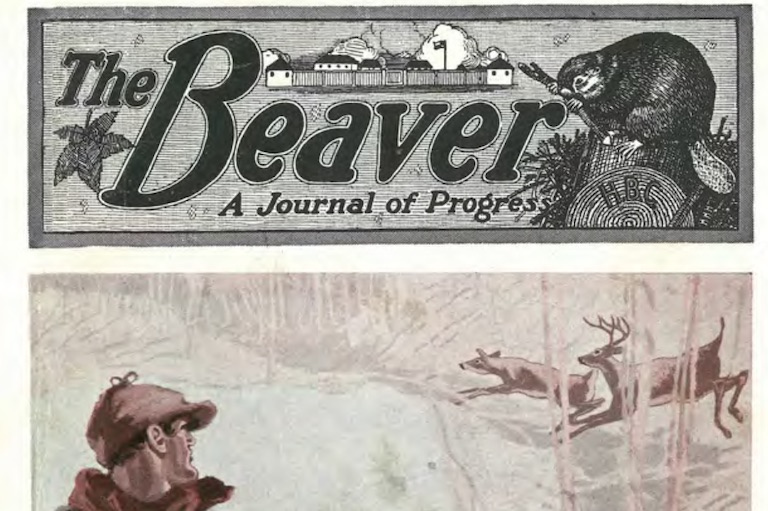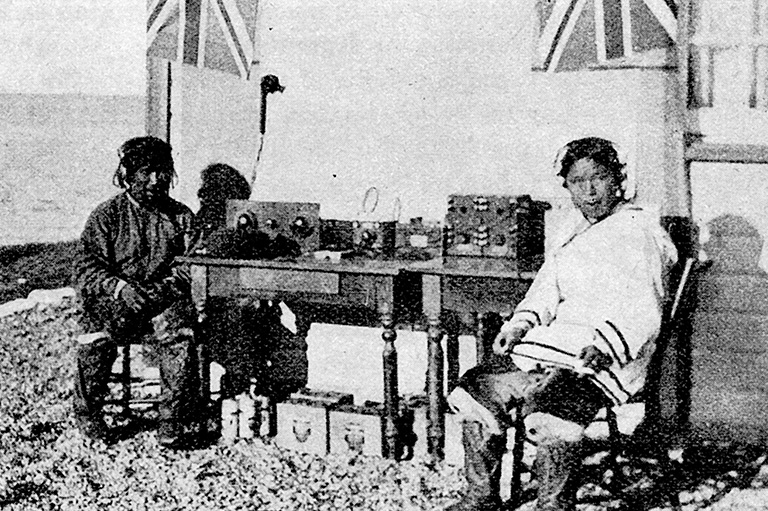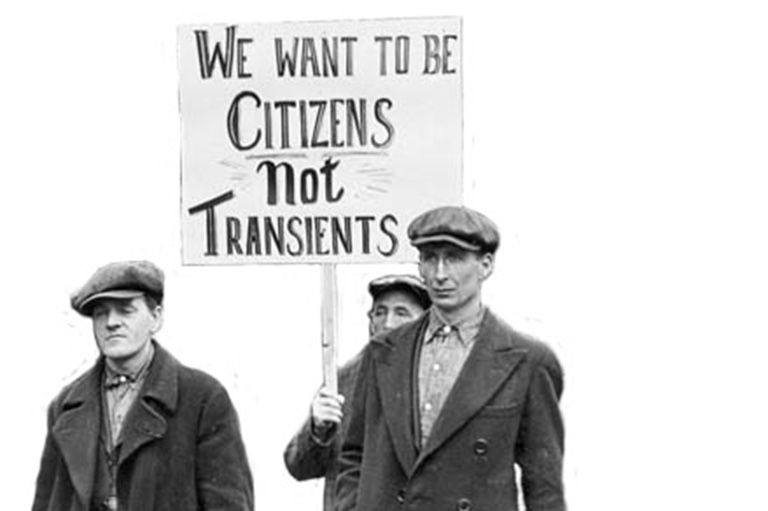Aiming for Perfection
Sharing motivational tips to increase workplace production and to boost morale has been a staple of company newsletters and self-help books for decades, and even one hundred years ago the Hudson’s Bay Company was using the pages of The Beaver to squeeze every ounce of energy and passion out of its employees.
During the 1920s, the magazine regularly published motivational columns, short stories, and poems aimed at inspiring staff to greater heights — and increasing profits.
The column “Who Are You?” in the March 1921 issue asked employees to take an honest look at themselves and ask what type of person they were — a pessimist, an optimist, or a “peptimist,” described as someone who “sees the opportunity presenting itself, takes off his coat, rolls up his sleeves, pulls down his vest and goes right after it and sees that the work is done.”
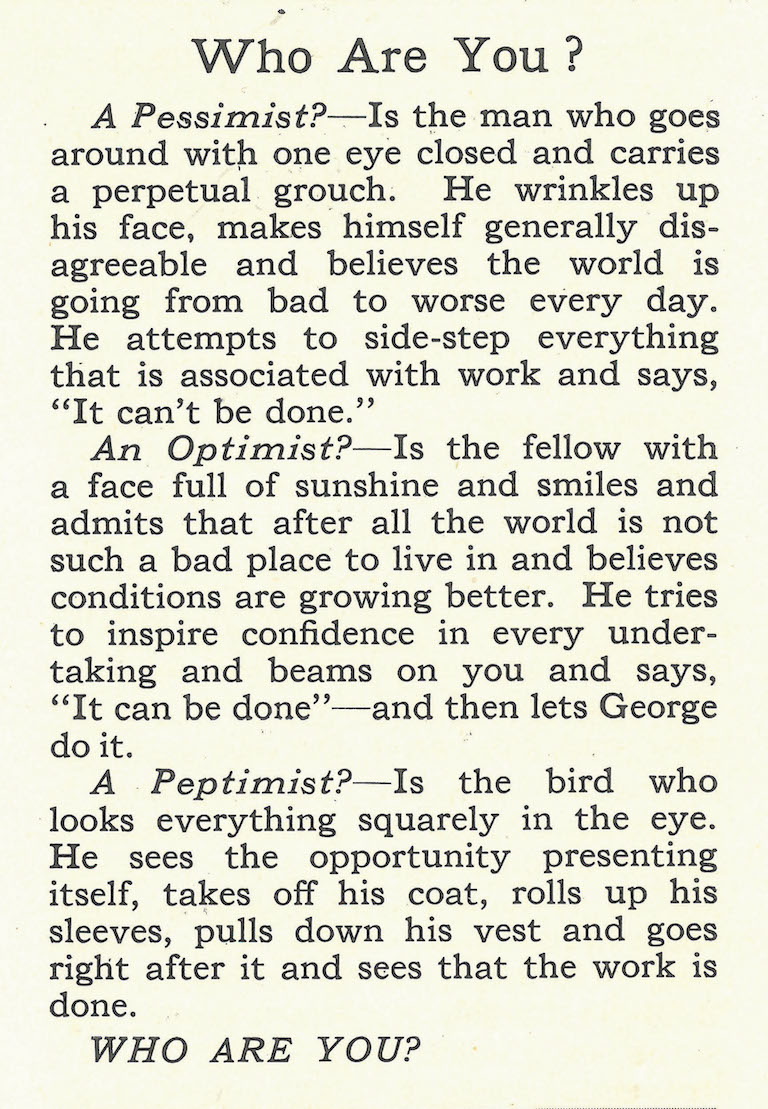
Advertisement
The Beaver also had a message for employees who believed their climb up the company ladder was going to be a swift and painless process. An April 1921 column, titled “Promotion,” politely reminds young go-getters and bootstrappers that nothing will be handed to them on a silver platter at the HBC.
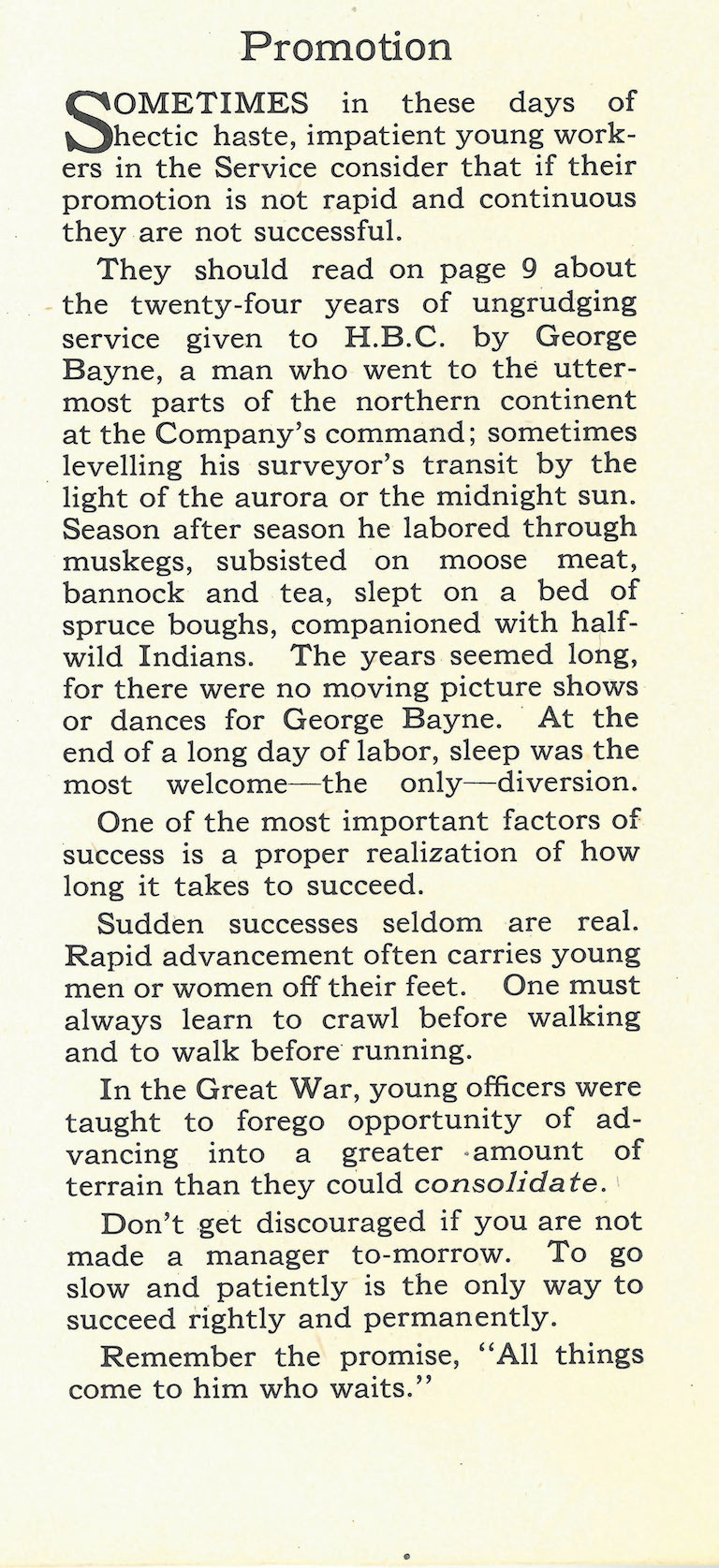
“Sudden successes seldom are real,” the column states. “Rapid advancement often carries young men or women off their feet. One must always learn to crawl before walking and to walk before running.”
Some columns sought to inspire workers, but others were a bit — shall we say — blunt. “What’s the matter with you? Don’t you care much?” asked the author of the January 1921 column “Y-O-U! What’s the Matter With You, Anyway?” “Aren’t you interested in the big proposition called life? You’ll never keep up with them if you don’t pad right along!”

The Beaver published these inspirational bon mots for about a decade before ending the practice by the 1930s. While it may be easy to chuckle or to roll your eyes while looking back at these old pieces, they show that employers seeking new and innovative ways to motivate their employees is a long-standing if sometimes cringe-worthy practice.
Themes associated with this article
Advertisement
100 Years with The Beaver
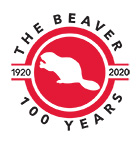
The Editor's Circle was founded in 2020 to celebrate the 100th anniversary of Canada’s History-The Beaver magazine. Gifts from patrons and supporters of $500 or more will be recognized annually.

Canada’s History Archive, featuring The Beaver, is now available for your browsing and searching pleasure!









